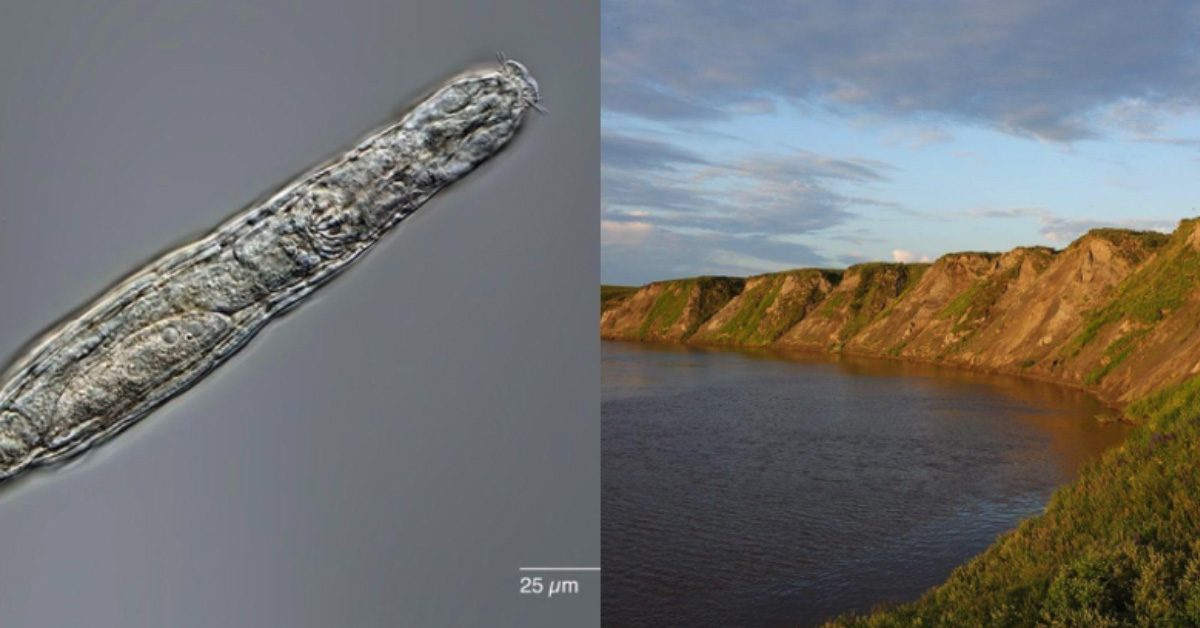24,000 years ago, microscopic worm-like creatures, called bdelloid rotifers, were helplessly frozen into a layer of Siberian permafrost and entered an eternal state of suspended animation.
But now… they are waking up from their long, deep slumber… (cue cheesy horror film ending where aliens ‘wake up’ and take over the world).
Scientists have unearthed that these ancient creatures could not only be brought back to life after their eon-spanning nap, they could also successfully produce offspring through asexual reproduction.
Worms of steel.
The bdelloid rotifers are multicellular invertebrates that are exclusively female. They are extremely sturdy little critters famous for being able to resist radiation and withstand a number of extremities such as desiccation, freezing temperatures, and crushing pressures.
They are also labelled as “evolutionary scandals”, as they have managed to persist through evolutionary time without having sex for millions of years.
More impressively, the organisms are able to sustain themselves through hostile environments by ceasing all activity and almost completely stopping their metabolism.
“This process is called cryptobiosis, which means ‘hidden life’”, said Stas Malavin, a co-author of the Current Biology paper and a researcher at the Soil Cryology Laboratory in Pushchino, Russia. “It’s a state, kind of, between life and death.”
Frozen in time?
You might be wondering why in the world are researchers sticking their heads into these creatures.
Well so far, the discovery of these extremophiles raises more questions than answers.
Scientists are eager to decipher the physiological and biological mechanisms behind the survival of these tiny organisms as such studies are helpful to improve how we preserve cells, tissues and organs cryogenically.
“Humans cannot preserve organs and tissues for such a considerable time. These rotifers, together with other organisms found in the permafrost, represent the result of a big natural experiment that we can’t replicate, so they are good models to study further,” said Malavin.
Untangling the mysteries of cryptobiosis will have significant implications in a medical context – the method has the potential to revive damaged organs, improve the quality of tissue models for drug discovery and extend the amount of precious time a transplant organ can be preserved.
It might also shed light on the basic foundations of long-term cryopreservation of human beings.
Perhaps in the future, just like the Golgafrinchams from The Hitchhiker’s Guide to the Galaxy – humans may even be able to enter a cryogenic-suspended animation to travel to distant galaxies and colonise other planets without aging at all!

The Hitchhiker’s Guide to the Galaxy’s Ford and Arthur checking out cryogenic pods with millions of people from Golgafrincham in an attempt to colonise Earth. Photo credit: BBC/YouTube
Main picture: A Bdelloid Rotifer (left) and the Alazeya River in northeastern Siberia, where samples were collected (right). Photo credits: Michael Plewka (left), Tatiana A. Visnivetskaya (right) / VICE






























